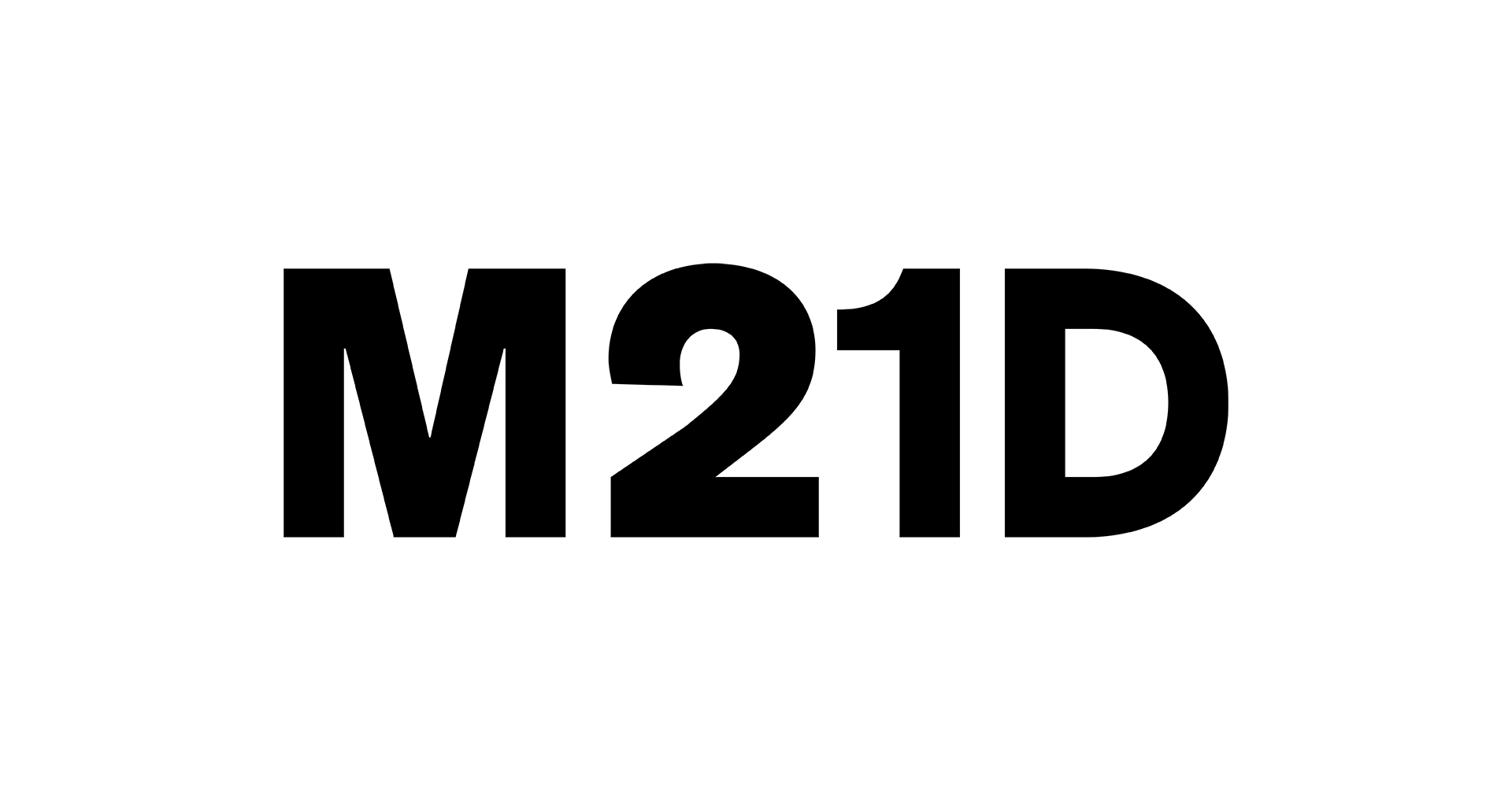Occupy Movement Hand Signals

Image credit: Elizabeth Pagano
Materials
Human hands
Labor
The creation of Occupy hand signals rely on a long history of non-verbal communication in activist groups
Creators
Direct Action Network, the Occupy movement, Quakers, American Sign Language Association, among others
Uses
Non-verbal communication
Access
Hand signals can be learned in any Occupy gatherings and are readily available online
Equality
The Occupy movement uses its hand signals in its effort to create greater economic equality
Life cycle
Ongoing research into ways of qualifying the life-cycle impact of human-based design
Do you have something to add? Let us know! info@m21d.org
Diagram of Occupy movement hand signals used in London 2011.
In September of 2011, people descended on Zuccotti Park near Wall Street (New York, New York) to protest the overwhelming wealth inequity, corruption, and lack of justice that caused and was amplified by the Great Recession. The group at Zuccotti, often called Occupy Wall Street, was bound by grievances and hopes to change the discourse of class differences. This group marked the beginning of the Occupy movement, which succeeded in popularizing the “99% mantra,” which decried the concentration of wealth and power of a few at the expense of the many, animated the rise of Sen. Bernie Sanders (I-VT), supported the resurgence of the Democratic Socialists of America, and gave the Democratic Party some of its most popular policies, including free tuition and the $15 minimum wage.
Occupy Wall Street operates without hierarchies or official organization. Many of the decisions made by the group were done so at the nightly group meeting known as the General Assembly, which one protestor described as “an open, horizontal, prefigurative democratic space.” General Assemblies could include hundreds of people, making this conversational form of decision-making a complicated and loud affair — especially in Zuccotti Park.
The park didn’t allow for the use of amplification devices. The protesters turned to alternative methods to help them communicate. One of these methods was the “human megaphone.” Whomever was speaking paused after each sentence so that the people in the crowd that heard them could chant it back. The second alternative method was a series of hand signals.
While people were speaking and having their words chanted back, other members of the General Assembly could contribute to the conversation through hand signals. Members may have spontaneously raised two hands above their heads, faced their palms forward, and started wagging their fingers back and forth to indicate approval. This sign, commonly called twinkles, substituted applause or verbal cheering so that all could participate in the conversation while it continued moving forward.
At General Assemblies, people typically had eight signals they could use. Some were rather general, such as twinkles and its counterpart (fingers silently wagged downward with palms back) for disapproval. Other gestures were specific. Protesters could put their hands in the air in the form of a “C” to indicate that they have a “clarifying question”; if someone violated the rules of debate, people might signal a “point of order” or call for a “point of information.”
These types of hand signals have a history in progressive groups, ranging from the Quakers to anarchists. The signal language of the Occupy movement traces back to the Direct Action Network, which most famously organized disruptive street protests in Seattle during the World Trade Organization conference of 1999. Though the Direct Action Network is credited with codifying the set of signals used to create consensus, the group borrowed some gestures from earlier uses. The twinkle sign, for example, had been previously used in the deaf community to signal approval or applause.
These hand signals resulted from the desire to facilitate an inclusive form of consensus-building that helped produce positive social change. Their consideration of group dynamics and the ultimate goal of creating a more equitable and environmentally friendly future make the signals a strong candidate for the M21D design collection. Additional study into their efficacy and lasting impacts are still needed.
Resources
Consensus Decision-Making Hand Signals Explained at #OccupySF, Eddie Codel
Jazz Hands and Waggling Fingers: How Occupy Wall Street Makes Decisions, NY Magazine
Thank You, Anarchy: Notes from the Occupy Apocalypse by Nathan Schneider (University of California Press, 2013)
